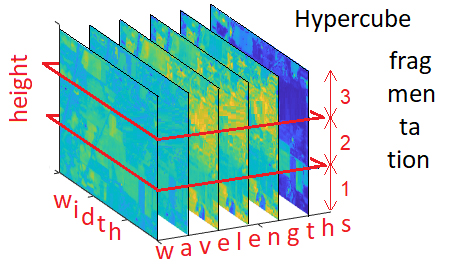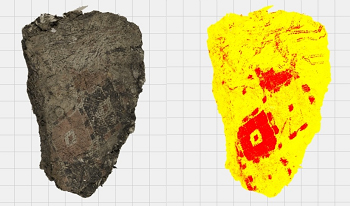
As an unsupervised over-segmentation technique, superpixel decomposition is a popular preprocessing step that partitions a visual image into nonoverlapping regions, thereby improving the overall quality and clarity of the image. Despite various attempts being made to boost superpixel quality, most approaches still suffer from the limitation of conventional grid-sampling based seed initialization, which limits regional representation in several typical applications. In this work, the authors present a new sequential seeding strategy (SSS) to further optimize the segmentation performance of simple noniterative clustering (SNIC) superpixels. First, they employ conventional grid-level sampling (GLS) to establish an MEM by sowing half of the expected seeds. To capture more image details, the authors then sequentially sample new seeds from the midpoint of a pair of seeds that show the strongest correlation, which is quantified by a novel linear-path-based measurement. In this process, they describe the spatial relationship of all seeds via a dynamic region adjacency graph. Compared with the conventional GLS initialization, the SSS takes both the regularity of global distribution and the complexity of local context into consideration. Therefore, it is more accordant with the varying content of an image and suitable for many seed-demand superpixel generation frameworks. Extensive experiments verify that the SSS offers SNIC superpixels considerable improvement on regional description in terms of several quantitative metrics and number controllability. Furthermore, this integrated framework enables multiscale adaptation in generating superpixels as evidenced by its application in airport scene decomposition.

Archeological textiles can provide invaluable insight into the past. However, they are often highly fragmented, and a puzzle has to be solved to re-assemble the object and recover the original motifs. Unlike common jigsaw puzzles, archeological fragments are highly damaged, and no correct solution to the puzzle is known. Although automatic puzzle solving has fascinated computer scientists for a long time, this work is one of the first attempts to apply modern machine learning solutions to archeological textile re-assembly. First and foremost, it is important to know which fragments belong to the same object. Therefore, features are extracted from digital images of textile fragments using color statistics, classical texture descriptors, and deep learning methods. These features are used to conduct clustering and identify similar fragments. Four different case studies with increasing complexity are discussed in this article: from well-preserved textiles with available ground truth to an actual open problem of Oseberg archeological tapestry with unknown solution. This work reveals significant knowledge gaps in current machine learning, which helps us to outline a future avenue toward more specialized application-specific models.

Archaeological textiles are often highly fragmented, and solving a puzzle is needed to recover the original composition and respective motifs. The lack of ground truth and unknown number of the original artworks that the fragments come from complicate this process. We clustered the RGB images of the Viking Age Oseberg Tapestry based on their texture features. Classical texture descriptors as well as modern deep learning were used to construct a texture feature vector that was subsequently fed to the clustering algorithm. We anticipated that the clustering outcome would give indications to the number of original artworks. While the two clusters of different textures emerged, this finding needs to be taken with care due to a broad range of limitations and lessons learned.

Viewport prediction technologies are often used by most popular adaptive 360-degree video streaming solutions. These solutions stream only the content considered as being more likely to be watched by the final user, with the goal of reducing the volume of network traffic without compromising the user’s Quality of Experience (QoE). In this paper, we propose the Most Viewed Cluster algorithm (MVC), which is a hybrid viewport prediction method. It estimates the user viewport using two types of information: (i) the path of moving objects in the scene and (ii) the viewing behavior of previous users. Preliminary results show that MVC yields good results for long-term predictions.